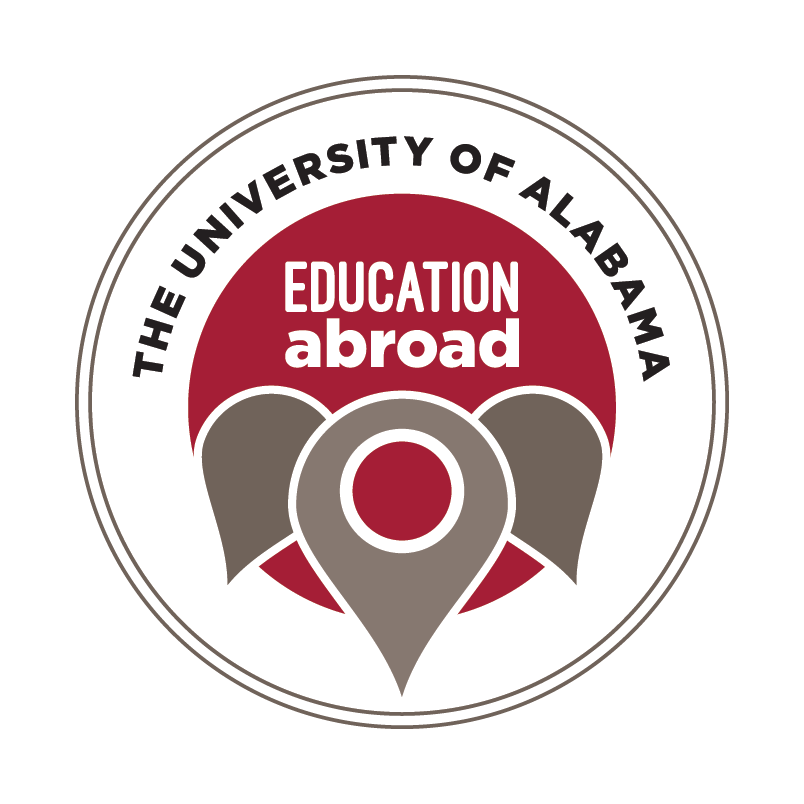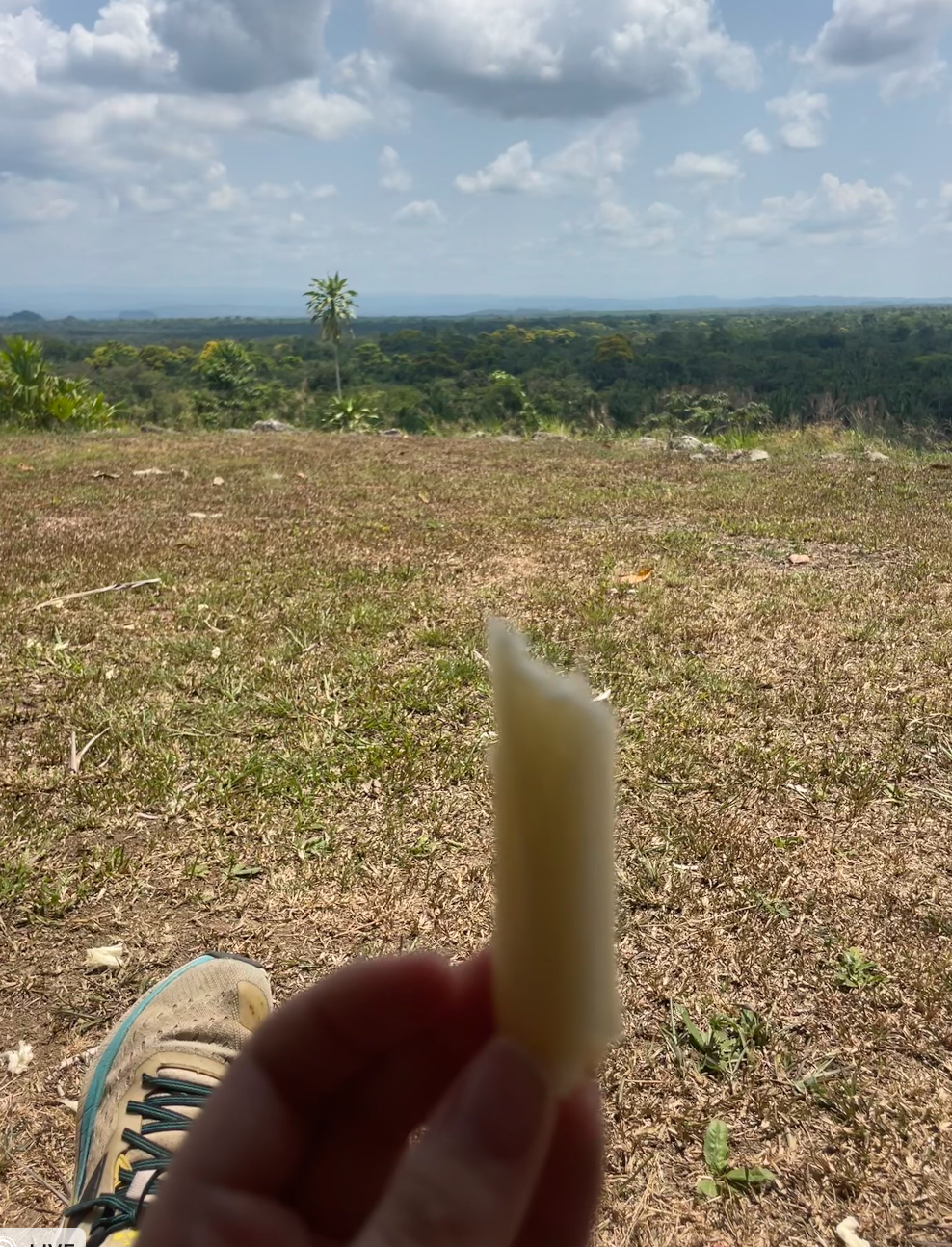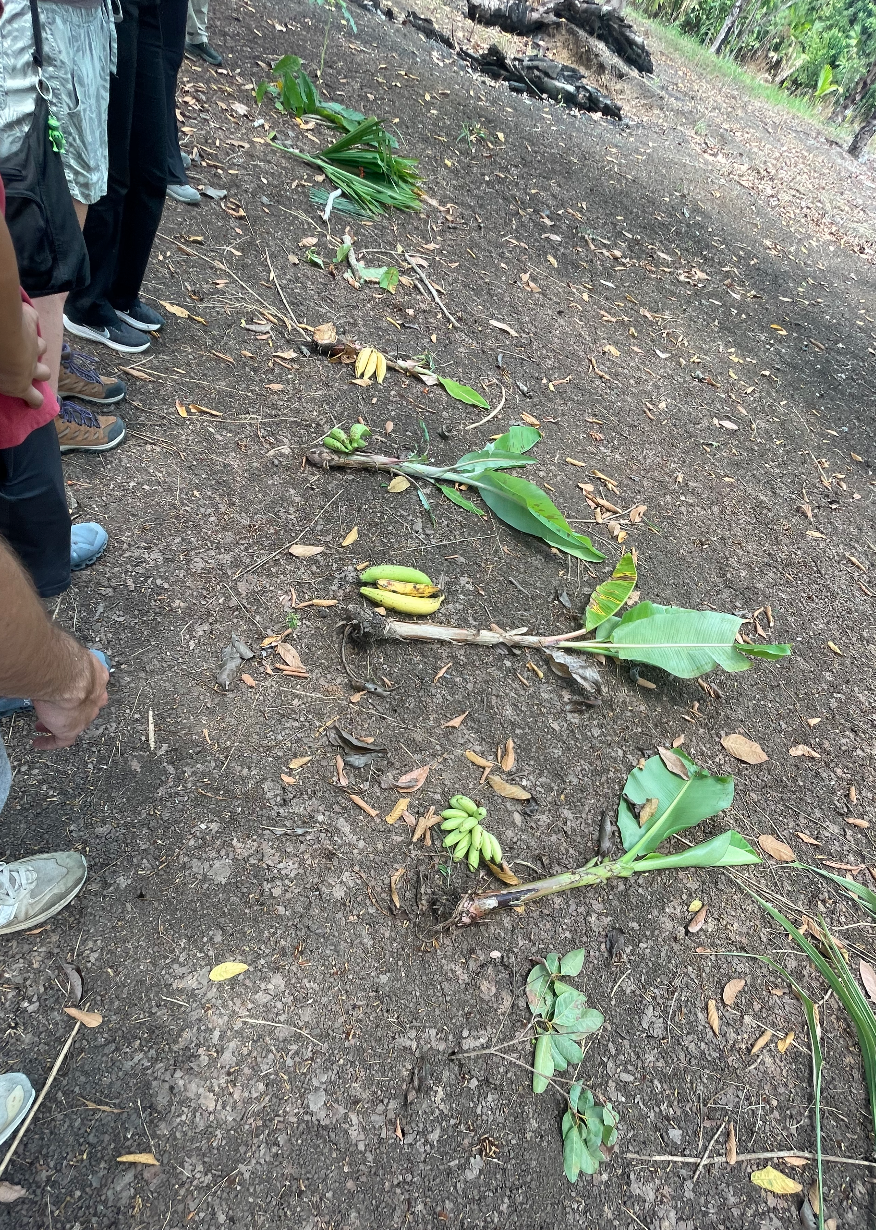One of my favorite things about my study abroad trip to Belize was all of our local guides who helped us navigate our snorkeling and jungle adventures. In this blog post, I will talk about a few of the people who made the UA in Belize trip happen and taught all of us on the trip so much about the reefs, forests, and current events going on in Belize.
George was one of our boat guides on the first island we went to. He had been a ranger in the rainforests of Belize for 20 years before becoming a boat guide for the past decade. During this time, he developed immense knowledge of Belize’s Wildlife, both land and sea. Aside from driving us to the snorkel spots, he got in the water with us every day and would point out cool things about the reef. He was able to point out lobsters, and nurse sharks, and identify any fish he got a good look at. Working in the reefs for the past decade, he was able to tell us firsthand about how he’s noticed certain marine species declining, like Queen Conch. Not only was George knowledgeable, but he was kind and made our stay at Lime Caye an amazing experience.
Matt and Eddie were the two guides that stayed with us throughout our mainland adventures. Matt was a bird enthusiast. I am pretty sure he could identify every single bird species native to Belize. He was also into bird photography and shared with us a lot of pictures of birds he took while with us. He also was kind enough to organize morning bird walks at 5:30 AM most mornings, where we would walk along a trail and he would ID all the birds we saw. Eddie, our other guide, was amazing at identifying plants. Ranging from giant silk cottons to the tiniest wildflowers. Both Eddie and Matt were around our age, so they would hang out with us after we got back from our daily activities. We often played volleyball, soccer, or cards after a long day hiking around the rainforest, swimming in rivers, and visiting Mayan architectural sites.
One of the Mayan guides named Hose talked to me a lot about the current struggles his community and Mayan communities around Belize are facing. There are many land disputes surrounding Mayan community land, which are intensified by Mayans' communal land management practices. He also talked to me about the specific land management practices and ecological thought that Mayan communities often use. For example, he focused a lot on how humans are part of nature and need to build our society within nature. The Mayan village that we visited did a great job with this, with a large focus on agroforestry and healthy ecosystems thriving around the village. This experience demonstrated to me that preserving healthy ecosystems does not mean removing humans from the equation entirely and leaving nature untouched. Instead, humans can function as a part of an ecosystem and play vital roles in keeping the local environment healthy and diverse. My conversation with Hose left me with a clearer idea of the oppression that indigenous groups still face around the world and how important it is for their autonomy and voices to be prioritized.
Ultimately, talking to the locals on the trip taught me the most about both the ecosystems and politics of Belize. They made the learning experience much more engaging and impactful, and I am very grateful for how kind and welcoming they all were.


